Owls, with their piercing gaze and graceful soaring, are wonderful creatures. If you like birding, you undoubtedly desire to see it as often as possible. You’re fortunate if you reside in or tour the Buckeye State. Throughout Ohio, there are nine distinct species.
Whereas the eastern screech owl has been the most frequent and can be found almost anywhere, if you’re lucky, you could also spot the uncommon snowy or northern hawk owl.
If you reside in a region such as Plainsville, you may visit any of the Lake Metroparks sites to view a variety of them. Even residents of Cincinnati or Columbus also have the opportunity to glimpse an owl.
| Image | Name |
|---|---|
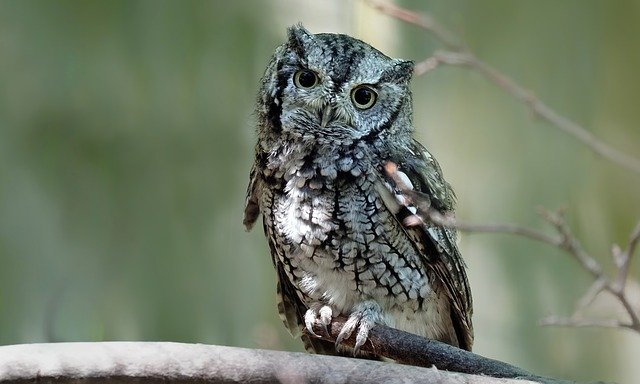 | Eastern Screech Owl |
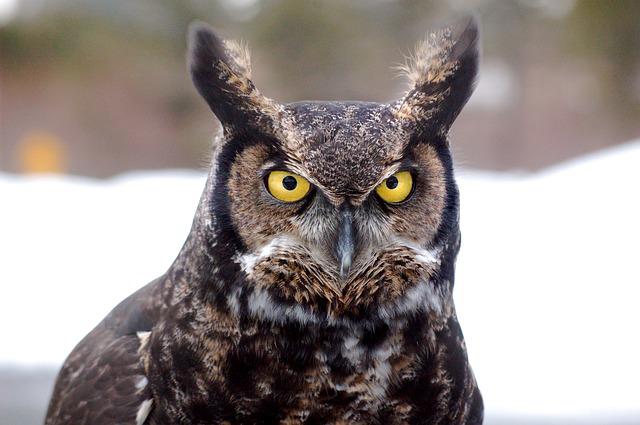 | Great Horned Owl |
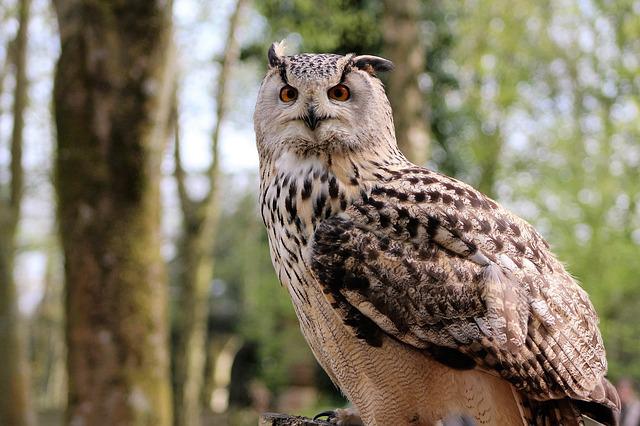 | Long-Eared Owl |
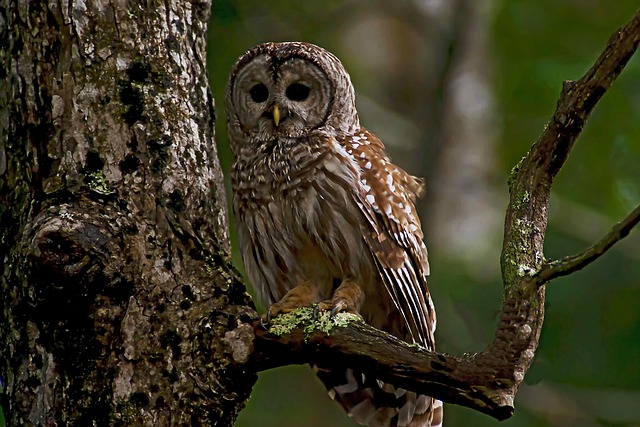 | Barred Owl |
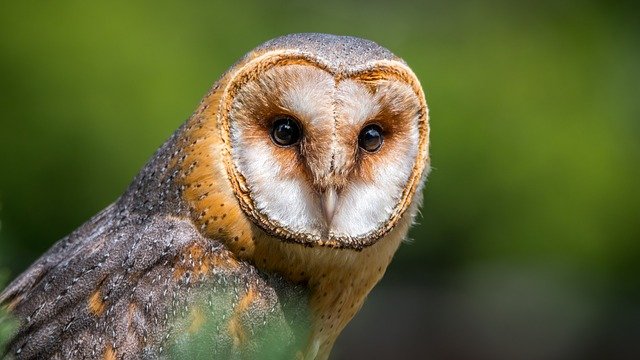 | Barn Owl |
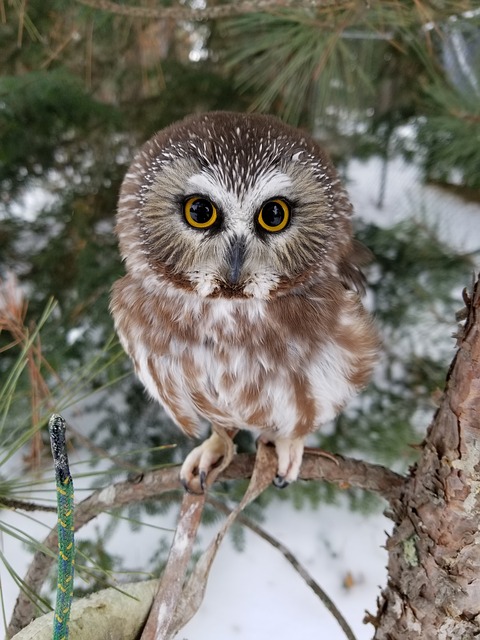 | Northern Saw-Whet Owl |
 | Short-Eared Owl |
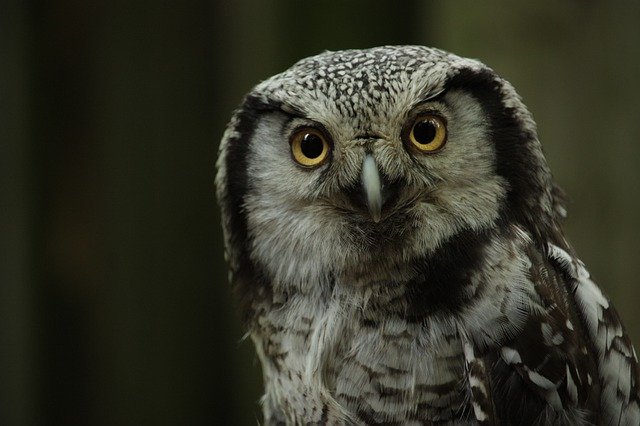 | Northern Hawk Owl |
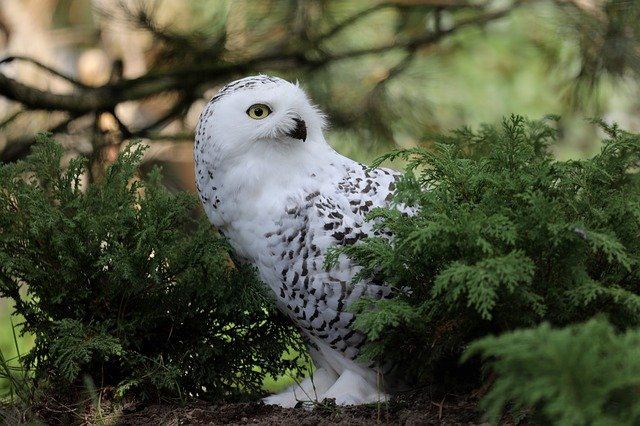 | Snowy Owl |
Types of Owls in Ohio
1. Eastern Screech Owl

As you might imagine, the eastern screech owl appears similar to the western screech owl. This owl resides mostly on the eastern edge of the Rocky Mountains, with a small crossover with its western counterpart in the Mountain Range.
Throughout the year in Ohio, you may locate them in all sections of the state.
Eastern screech owls are great concealers. Their mottled gray or reddish-brown fur blends nicely into the trunk of the trees where they prefer to sit and breed. In fact, you may not recognize them unless you spot their brilliant yellow eyes.
They feature ear tufts, a golden beak, and a black V among both their eyes.
| Scientific name | Megascops asio |
| Weight | 4.3 to 8.6 oz |
| Size | 6.3 to 9.8 in long |
| Wingspan | 18.9 to 24.0 in |
Because these owls feed at night, they are considerably more difficult to spot. Your best chance is to check for their whiny trill call and then keep a lookout for them.
Food
When they are foraging for food, they are rather noisy. The foods they consume include small animals, insects, earthworms, and amphibians.
If you don’t like observing birds at night, look at the holes of trees as you stroll about their natural habitat. You ought to be willing to see them while they slumber away the day.
2. Great Horned Owl

The great horned owl is well-known due to its presence in films such as the Harry Potter series as well as its distinctive scream.
These enormous owls may weigh up to 5 1/2 lbs. They possess large talons and are excellent flyers, allowing them to take down formidable prey such as ospreys and falcons.
It takes 27 lbs of power to pull their talons apart after they’ve clenched them around anything.
These species may be found across North America, throughout Mexico to the very north of Alaska.
Habitat
It is among the most frequent owls living in deserts, mountains, woodlands, and plains. The great horned owl appears equally at home among Ohio’s metropolis as it is within its suburbs and rural regions.
| Scientific name | Bubo virginianus |
| Weight | 32 to 88 oz |
| Size | 20 in long |
| Wingspan | 40 to 57 in |
Each of these factors implies you have just a strong probability of seeing one. It can be found across Ohio.
Please search for the massive bird having golden eyes and lengthy hair puffs around its ears. They might be gray or red with a creamy or gray striped body and striping.
Unlike what you may have believed, they do not possess the ability to rotate their heads 360 °. They might, however, swivel their heads around 180 degrees, creating the impression that they are rotating their head entirely around. Because these birds cannot move their eyes sideways, they rotate their heads back and forward.
Food
Its incredible ability to turn its head thus far allows it to seek its favored prey, which includes frogs, mice, and raptors such as falcons, osprey, and other owls.
3. Long-Eared Owl

Lengthy-eared owls get their title from their very large ear tufts. The tufts are black, having buff or orange highlights. Among their bright eyes are two white lines.
They have thin bodies having speckled brown colors. These nocturnal birds forage across meadows or open terrain and roost in trees.
Their whistles, screeches, and barking are frequently used to identify them. They are very noisy. They mainly move during the night, although they may travel quite large distances.
Scientists have spotted birds that migrated from Canada toward Mexico in a calendar year.
| Scientific name | Asio otus |
| Weight | 7.8 to 15.3 oz |
| Size | 13.8 to 15.8 in long |
| Wingspan | 35.5 to 39.5 in |
Those who reside in or travel to Ohio must keep an eye out for this owl throughout the region during the wintertime and around the northeast throughout the rest of the season. Just be careful that these animals are uncommon and difficult to locate.
Food
These unusual owls feed on rodents, gophers, mice, and voles, so look for them in areas where rodents are numerous.
4. Barred Owl

The barred owl is approximately the same size as the great horned owl, although it weighs far less. They are brown and white, having prominent bands running throughout their whole body.
The chest bars remain vertical, whereas the remainder of their bodies has horizontal bars.
These aren’t raucous birds. They normally remain silent; however, you may occasionally hear them cry out throughout the day.
Habitat
Barred owls like wooded places, whether in a marsh or high on a mountain. They are not found in towns or on the grasslands. They are found throughout the eastern United States and even in Canada.
The birds’ range has extended in the past few decades, and there are currently numbers in the Pacific Northwest. They do not move throughout their lifetimes. They stay in one location, constructing their nest in trees.
| Scientific name | Strix varia |
| Weight | 16.6 to 37 oz |
| Size | 17 to 20 in long |
| Wingspan | 39 to 43 in |
Therefore, if they can’t even find prey, they might go large distances to hunt their prey, including mammals, tiny birds, reptiles, and insects.
The barred owl hunts the great horned owl, whereas the barred owl pushes the vulnerable spotted owl away from its area. Barred owls can be seen throughout Ohio throughout the year.
5. Barn Owl

The barn owl earned its name from its preference for living in abandoned barns as well as other rural structures. They would also hatch in tree holes.
They forage by flying over wide open spaces and searching for prey. They have amazing hearing, as you may expect.
Its unique visage identifies it as a barn owl. Their features are pristine white and heart-shaped, and they have huge, black eyes. Their wings and back are speckled golden, gray, or cinnamon in color.
Because the underparts of their wings and breasts are white, they seem all-white from below when soaring. They don’t have ear tufts like the great horned owl.
| Scientific name | Tyto alba |
| Weight | 14 to 24.7 oz |
| Size | 12.5 to 16 in long |
| Wingspan | 40 to 50 in |
Baby barn owls might travel far enough from the place they were hatched to choose their own area, but once they’re there, they will stay for life.
Food
Once they’ve found a safe haven, they search for their primary food sources, which include tiny animals, including voles, lemmings, rats, and mice. They also consume bats, small birds, and rabbits.
Barn owls may be found across the United States and Mexico, with the exception of a few areas in the center of northern states, such as North Dakota. The owl spends the entire year in Ohio.
6. Northern Saw-Whet Owl

Northern saw-whet owls are little, similar to the size of robins, with a brown and white speckled plumage. Their eyes are large and bright, and they possess a heart-shaped face with a tiny white V-mark across them.
They are hard to notice, particularly late at night when they search for their preferred meal, deer mice. However, if you hear their harsh call, you’ll realize they’re around.
They nest in holes in trees at around eye height during the day, so if you watch carefully, you can spot them. But don’t wake the sleeping birds!
| Scientific name | Aegolius acadicus |
| Weight | 2.5 to 5.3 oz |
| Size | 7.1 to 8.3 in long |
| Wingspan | 16.5 to 19 in |
Habitat & Food
They exclusively dwell in woods, especially old trees, so don’t search for them in towns or open places. They travel great distances to mate.
They feed on tiny rodents such as shrews and mice. They will also consume birds such as waxwings, sparrows, chickadees, and juncos.
They are found throughout the United States, with limited breeding populations throughout the south and persistent numbers in the north, as well as the western Coastal ranges and the Rocky Mountains. The remainder of the country has nonbreeding individuals.
The northern saw-whet owl spends the whole year across Ohio’s northern fourth and only visits the rest of Ohio, mostly in wintertime.
7. Short-Eared Owl

You’re correct if you answered that all these owls have small ear tufts. Owls have ear tufts that aid in the sound being transmitted to their ears, allowing them to search and detect potential threats. Ear tufts of short-eared owls are little, like some little horns.
They are distinguished by brown and white markings framed by black bars. The cream face has heavy black accents all around yellow eyes.
Their striking design makes them easy to identify, however, the fact that they are busy throughout the day allows them even more visible. They also have a characteristic, moth-like flying pattern that aids in recognition.
| Scientific name | Asio flammeus |
| Size | 13.4 to 17 in long |
| Weight | 7.3 to 16.9 oz |
| Wingspan | 33.5 to 40.5 in |
They do not like forested places, unlike numerous other owls. They prefer broad meadows and grasslands, in which they can stay on the land surface and wait for prey.
Then they fly up and plunge downward to get their prey, which might be shrews, mice, rabbits, rats, lemmings, or bats. They even build their nests in the dirt.
Short-eared owls are now only found throughout much of Ohio during the wintertime. However, they may be seen throughout the state’s far north throughout the year.
8. Northern Hawk Owl

The Northern Hawk Owl received its name since it looks like a hawk but is actually an owl. They hunt by sight, get a long tail, and hover at the tree’s tops in the same way that hawks do.
Their heads are spherical, their eyes are yellow, and their bodies are speckled gray, brown, and white. They also have gray heads with a black border, giving them an owl-like appearance.
They hunt mostly throughout the day, although you could observe them seeking food late at night in the woodlands wherein they live.
| Scientific name | Strix occidentalis |
| Size | 14.2 to 17.7 in long |
| Weight | 8.5 to 16 oz |
| Wingspan | 27.9 in |
These birds dwell in northern Canada; however, if food is low during the cold season, they will migrate south to the United States. They prefer rodents as well as other small animals, although they will also consume fish, insects, and amphibians.
Birdwatchers throughout Ohio may be fortunate enough to observe them solely in the northern section of the state near the border during the winters when their favored food is rare in their normal habitat.
9. Snowy Owl

Snowy owls are eye-catching birds. Males are predominantly white, having cat-like golden eyes. Females and juveniles possess dark brown or black patches. Males get whiter with age.
During the prolonged hot summers, snowy owls scavenge for animals such as lemmings and ptarmigans in the Arctic Circle. During the cold season, they migrate south to Alaska, Canada, and the far north of the United States.
| Scientific name | Bubo scandiacus |
| Size | 20.5 to 28 in long |
| Weight | 56.5 to 104 oz |
| Wingspan | 49.5 to 57 in |
They are usually seen sitting on the floor nearby their nesting grounds. They’ll also sit on telephone or power poles, fences, hay bales, and old constructions. They examine the tundra or meadows wherein they prey by flying close to the ground.
When food is sparse in their regular area, you may only observe these birds in the far northern section of Ohio. They feed on mice, lemmings, seabirds, and hares.
The snowy owl is uncommon, particularly since its numbers are dwindling.
Conclusion
You now learn about the native and unusual owls found throughout Ohio.
Would you go looking for these animals in your region? Or maybe you’ve just noticed the noise of a single in your area? What opinions do you hold about these owls within Ohio? That would be wonderful to hear in the comments section below!
FAQ
When Do Ohio Owls Nest?
Usually, owls start nesting in the springtime, with great horned owls leading the way across Ohio. The other owls might frequently fall into line.
Last Updated on March 22, 2023 by Lily Aldrin

thank you for this